We Went To Drakelow Tunnels To See What's Changed Since It Closed Its Doors To Ghost Hunters
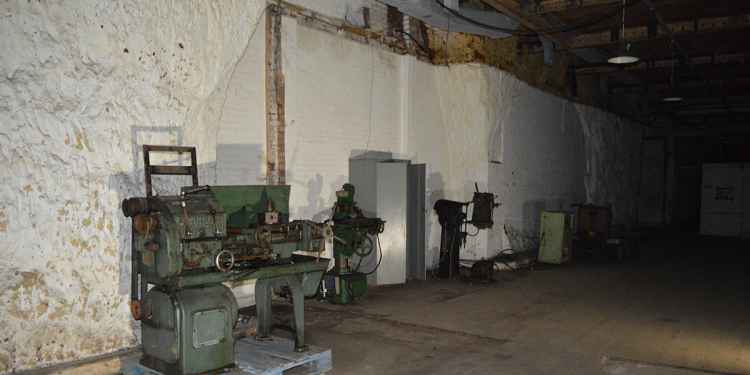

This page is more than two years old.
A year ago Drakelow Tunnels near Kidderminster closed its doors to ghost hunters, as a new leaseholder took over the underground complex. Since then the 3.5 miles of interconnecting tunnels have undergone some changes, so what's it like now?
The volunteers who care for and work to restore the tunnels open part of the site up to visitors recently, so we went along to see what had changed.
The subterranean site in Worcestershire was once a top secret underground aircraft factory and later in life a nuclear bunker, but for the last few decades its sat empty.
Last year, London City Bond were granted permission to convert 26,000 square meters of the former underground shadow factory into a secure storage facility for wine and other alcoholic drinks.
Sadly, this does mean that the majority of the tunnels are out of bounds to ghost hunters, and even the volunteers working on restoring the tunnels, but a caveat of the planning consent ensured that part of the tunnels are retained as an area for a museum.
The open day we attended was in this area of the tunnels. A part of the complex which is about 1,700 square meters. It's pretty much the area once converted to function as a Cold War bunker.
The first change you notice is when approaching the site along Kingsford Lane. A smart new fence and secure entrance sits alongside the road leading to one of the site's main vehicle entrances. A little further along the road, the carpark and visitor entrance to Drakelow remains pretty much unchanged.
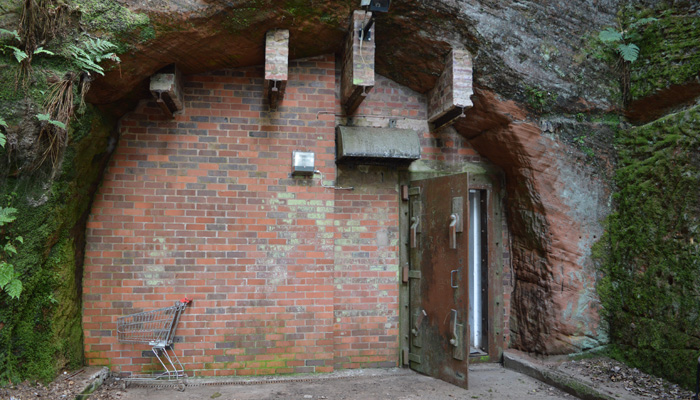
It was here that we met our guide for a 45-minute tour of the Cold War museum. Perhaps the biggest change in the museum itself is that it is now fully illuminated. Lights have been fitted throughout the bunker, apart from in one small area near the generator hall.
The addition of lighting makes a huge difference to the tunnels. It allows you to see much more detail in the walls, bringing out the individual scars made by the handheld picks that gave the tunnels their finish.
The other big change is that the museum area has been divided off from the wine store with breeze block walls. In places these walls slice through rooms, but the area they enclose is still fairly large.
The museum consists of the canteen in the former billiards room, which was used as the base room during paranormal events, as well as the adjoining kitchen. Next to this is the sick bay or hospital area, which is still fully accessible on the tour. As is the generator hall, an area that houses dormitories, and the glass-walled control room areas.
The whole museum has been tided up and made safer for visitors, this has included removing rotten wood and rusting overhead ducting. Several skips full of rubbish have been removed from the tunnels by the volunteers. They have also cut new doorways in existing walls to create a new route for visitors to walk around the museum.
Advertisement ‐ Content Continues Below.
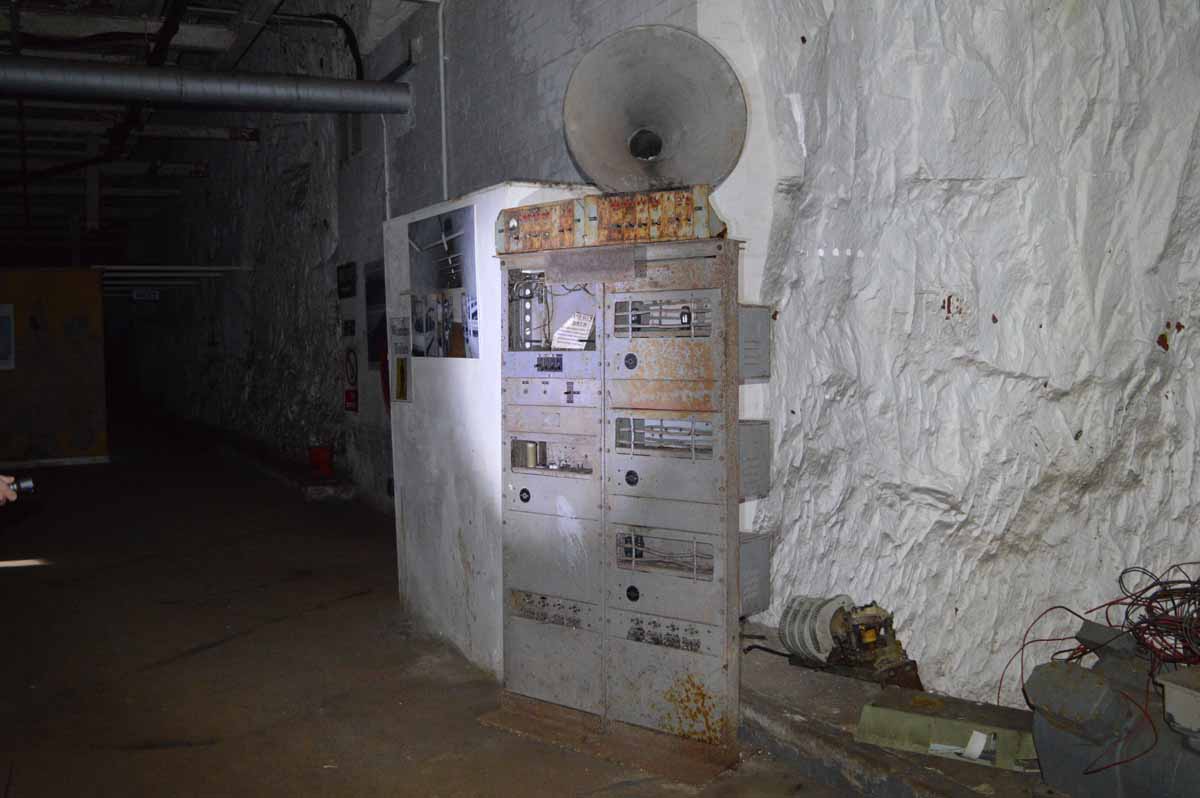
The reduction in space has meant that the team have had to be creative with the use of rooms. The first area you enter into is used primarily to show what a workshop at the World War II era shadow factory would have looked like. Machinery including lathes have been saved from other parts of the tunnels and brought here to be displayed, alongside other machinery which has been donated by the nearby Black Country Living Museum.
Elsewhere, other areas have been repurposed to represent an underground BBC studio and control room, with equipment being brought over from the now out of bounds original studio area deeper in the tunnels. Other areas that have been recreated in the museum include government offices, and a British Telecom's communications hub and server room.
Also on the guided tour we went to the medical area, a part of the tunnels that was regularly used by paranormal events. Originally these medical facilities were used to treat workers' injuries during the WWII factory era, but was later repurposed as part of the Cold War bunker. Had a nuclear strike on the UK ever happened, the bunker would have been put in to operation and the sick bay would have been used to treat the military staff, civil servants and representatives from the emergency services stationed there. This would have most likely been to treat ailments related to radiation poisoning and the effects of living underground for a sustained period.
Although it's sad that the public have lost access to the majority of the tunnels, the acquisition by the bonded warehouse has meant that restoration work in the museum area has been accelerated. It will also soon benefit from air conditioning, which will keep the air drier and preserve the artefacts, machinery and equipment on display in the museum's rooms.
If you're curious to know what the tunnels looked like before the dividing wall was put up, the two-and-a-half-hour long video tour below was shot in 2019 and features a complete walk-through of the tunnels.
Although much smaller than before, the Cold War Museum is still big enough to house paranormal events, something the tour guide didn't totally rule out. However restrictions imposed by the wine store would make this more difficult than before.
The biggest of these restrictions is a ban on visitors taking photographs and videos. It would mean guests and paranormal teams would have to be supervised throughout their entire visit. This is a security concern because of the nature of the storage depot, which is a customs-controlled warehouse where imported goods are stored until the duty owed is paid. This means security breaches have potential tax implications, not to mention the loss or damage of the very expensive bottles and cases of wine being stored there.
For this reason, we're not able to show you any photos of the changes at Drakelow, even the volunteers aren't currently allowed to take photos or video underground.
However, there are plenty of opportunities for you to see the bunker for yourself. The volunteer organisation hold regular open days, offering guided tours inside the tunnels where you'll see some of the ongoing works. Tickets cost £6.50 and all proceeds go straight into the renovation works to help preserve and secure the site for future generations.
The best place to find out more about the museum and dates of future tours is on the attractions official Facebook page, or at drakelow-tunnels.co.uk.
Learn With Higgypop
Hosted by Paralearning in association with Higgypop, these courses on ghost hunting, paranormal investigations, and occult practices draw on the experience of our team of paranormal writers.
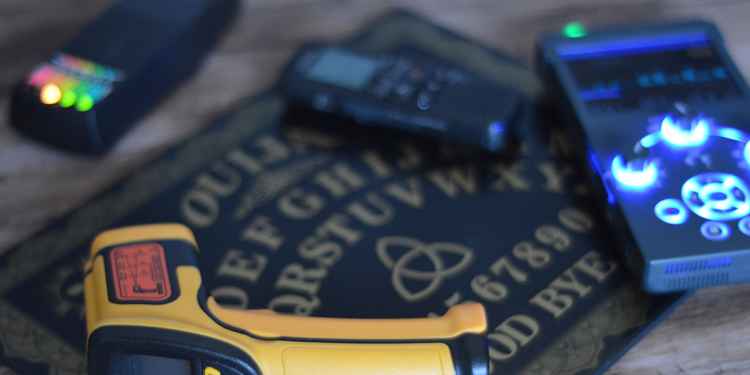
Diploma In Practical Ghost Hunting & Scientific Analysis
This course gives you practical and useful knowledge of ghost hunting and paranormal research, which is invaluable when conducting your own paranormal investigations or as part of a group event.
View Course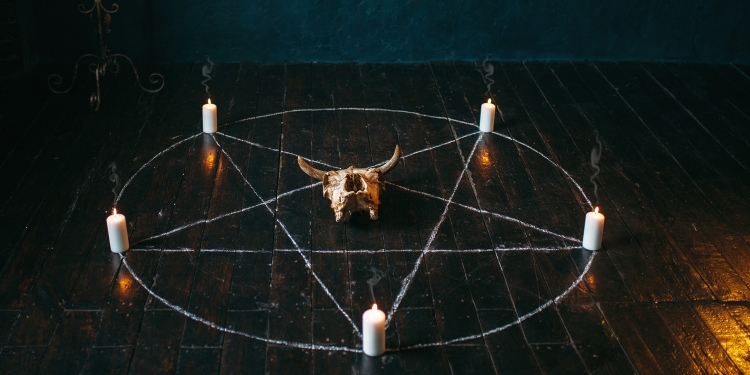
Diploma In Modern Demonology For Paranormal Investigators
This course gives you practical and useful knowledge of ghost hunting and paranormal research, which is invaluable when conducting your own paranormal investigations or as part of a group event.
View CourseMore Like This
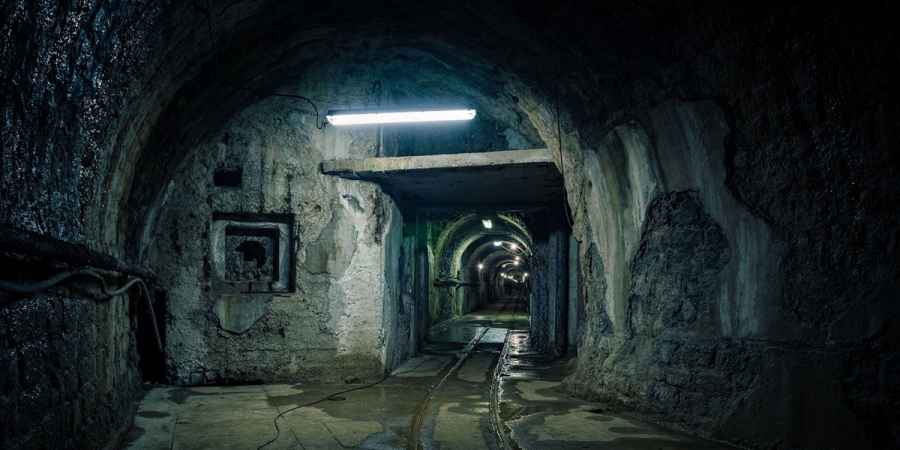
UndergroundMay 31, 2024
Dulce Base: The Secret Bunker That Doesn't Exist
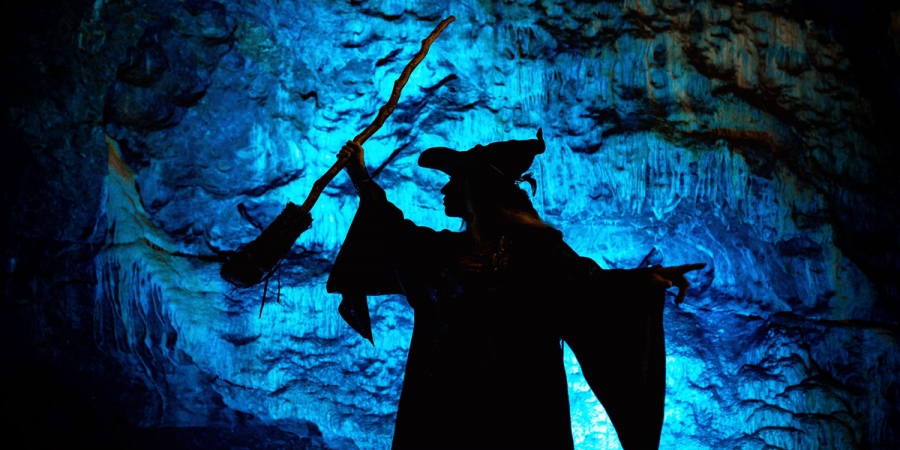
ParanormalOctober 23, 2023
In The Witch's Lair: A Torch-Lit Journey Through Wookey Hole Caves

UndergroundApril 09, 2023
Supernatural Subterranea: Paranormal Tales From Dark & Forgotten Places
 See More on Audible
See More on Audible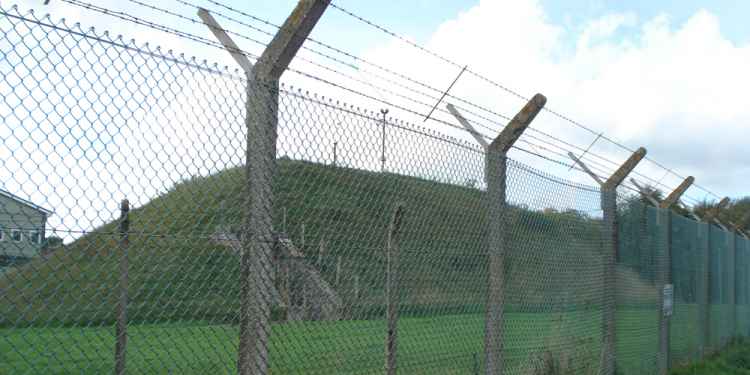

Comments
Want To Join The Conversation?
Sign in or create an account to leave a comment.
Sign In
Create Account
Account Settings
Be the first to comment.